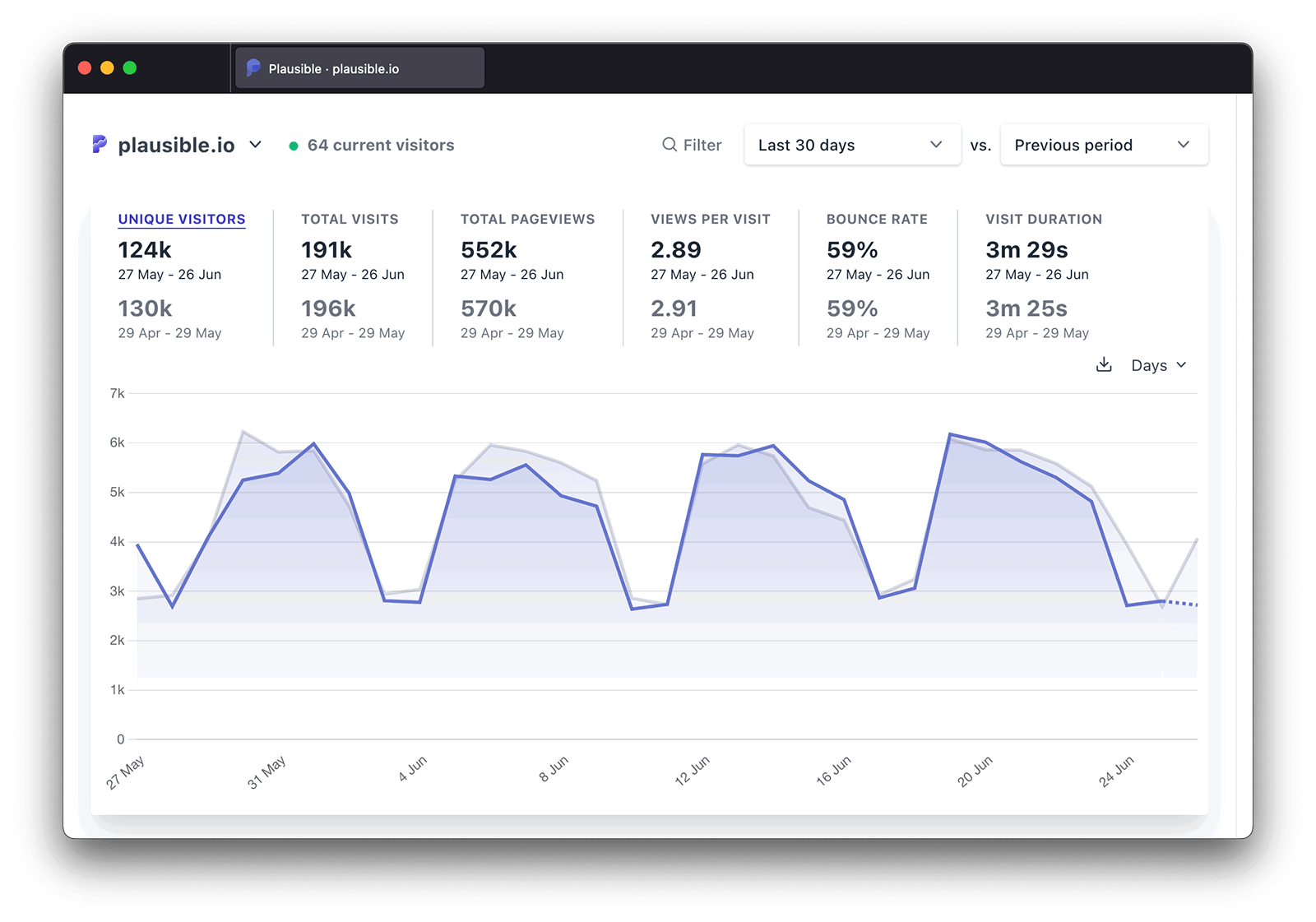Optimize Your Website Performance With Google Analytics Monitoring Code
In the digital landscape, recognizing user interactions with your web site is vital for optimization. By integrating the Google Analytics tracking code, you can unlock a wealth of information relating to site visitor behavior, allowing you to keep track of necessary metrics and identify possible areas for improvement. This tactical execution not only notifies your choices however likewise leads the way for a more engaging individual experience. Nonetheless, the actual difficulty hinges on efficiently examining this information and equating insights right into actionable approaches. What steps can you require to ensure you are fully leveraging these understandings for optimum performance?
Understanding Google Analytics
Recognizing Google Analytics is important for website proprietors and marketing experts aiming to maximize their on-line existence. This effective tool offers crucial understandings into user habits, enabling stakeholders to make data-driven decisions. By tracking different metrics, such as page sights, bounce rates, and individual demographics, Google Analytics aids recognize which aspects of a web site are doing well and which need renovation.
Among the key attributes of Google Analytics is its ability to sector information. Customers can evaluate web traffic sources, user engagement, and conversion prices throughout various segments, such as geographical places or gadget types. This granularity enables marketing experts to tailor their methods to particular audiences, therefore boosting the efficiency of their projects.
Establishing Tracking Code
To harness the full capacity of Google Analytics, establishing up the monitoring code correctly is a fundamental step. The tracking code, a snippet of JavaScript, makes it possible for Google Analytics to collect data regarding user interactions on your website.
Next, you'll need to install this code into the HTML of your site. Preferably, put the tracking code right before the closing tag on every page you wish to monitor. Take into consideration utilizing plugins that facilitate very easy integration. if you're making use of a content management system (CMS) like WordPress.
After executing the code, it's vital to validate its capability. Use the "Real-Time" records in Google Analytics to confirm that information is being gathered as expected. By ensuring proper arrangement, you create a solid structure for efficient data analysis and critical decision-making to improve your internet site's performance.
Key Metrics to Screen
Frequently checking crucial metrics in Google Analytics is necessary for evaluating your site's efficiency and individual involvement. Amongst the fundamental metrics to track are web page views, which provide insight right into exactly how often individuals see different pages on your site. Additionally, special visitors help you comprehend the reach of your material by showing exactly how lots of distinct users are engaging with your website over an offered duration.
Bounce rate is one more essential metric, revealing the portion of visitors that leave your website after checking out only one web page. A high bounce price may signal concerns with content relevance or customer experience. On the other hand, session period indicates the length of time site visitors remain on your website, why not check here helping you assess web content effectiveness and user passion.
Conversion rates are essential for determining the success of your site in accomplishing certain goals, such as kind entries or product purchases (when does the google analytics tracking code send an event hit to analytics?). Checking traffic sources is additionally crucial, as it assists identify which networks drive the most traffic and conversions, permitting more targeted advertising and marketing approaches
Studying Visitor Behavior

Moreover, tracking individual pathways through the site assists reveal usual navigating patterns. This details is important in establishing whether individuals can quickly discover the content they seek or if they encounter barriers that result in stress. Determining high exit pages can highlight areas that may require redesign or even more engaging content to maintain visitors.
Furthermore, segmenting customers based on demographics, rate of interests, useful content and actions provides a much deeper understanding of the target market. This segmentation makes it possible for companies to tailor content and advertising strategies a lot more effectively, boosting the probability of conversions. Inevitably, assessing site visitor actions not just informs site improvements however likewise cultivates a much more user-centric approach, resulting in enhanced satisfaction and loyalty gradually.
Implementing Data-Driven Changes
Carrying out data-driven changes is necessary for improving site performance and accomplishing business objectives. By leveraging insights collected from Google Analytics, services can identify areas for improvement and make informed choices to maximize user experience.
First, analyze key efficiency signs (KPIs) such as bounce rates, session duration, and conversion rates to pinpoint details concerns affecting user involvement - when does the google analytics tracking code send an event hit to analytics?. As an example, a high bounce price on a touchdown page may indicate that the content is not reverberating with visitors or that the page takes also long to load

Conclusion
To conclude, the application of Google Analytics tracking code is essential for maximizing internet site efficiency. By precisely checking user behavior and crucial metrics, valuable understandings can be acquired, promoting data-driven decision-making - when does the google analytics tracking code send an event hit to analytics?. This process not only More hints boosts individual experience however additionally lines up with wider company objectives. Continual analysis and succeeding modifications based on collected information will bring about sustained enhancements, inevitably adding to the overall effectiveness and success of the site.
By tracking numerous metrics, such as page views, bounce rates, and customer demographics, Google Analytics helps identify which elements of an internet site are executing well and which call for improvement.
Individuals can analyze traffic sources, customer involvement, and conversion rates throughout various sectors, such as geographic areas or tool kinds. The monitoring code, a bit of JavaScript, makes it possible for Google Analytics to accumulate data concerning user communications on your web site.On a regular basis checking vital metrics in Google Analytics is crucial for analyzing your site's efficiency and customer interaction. By leveraging Google Analytics, website owners can obtain important understandings into how customers engage with their site.